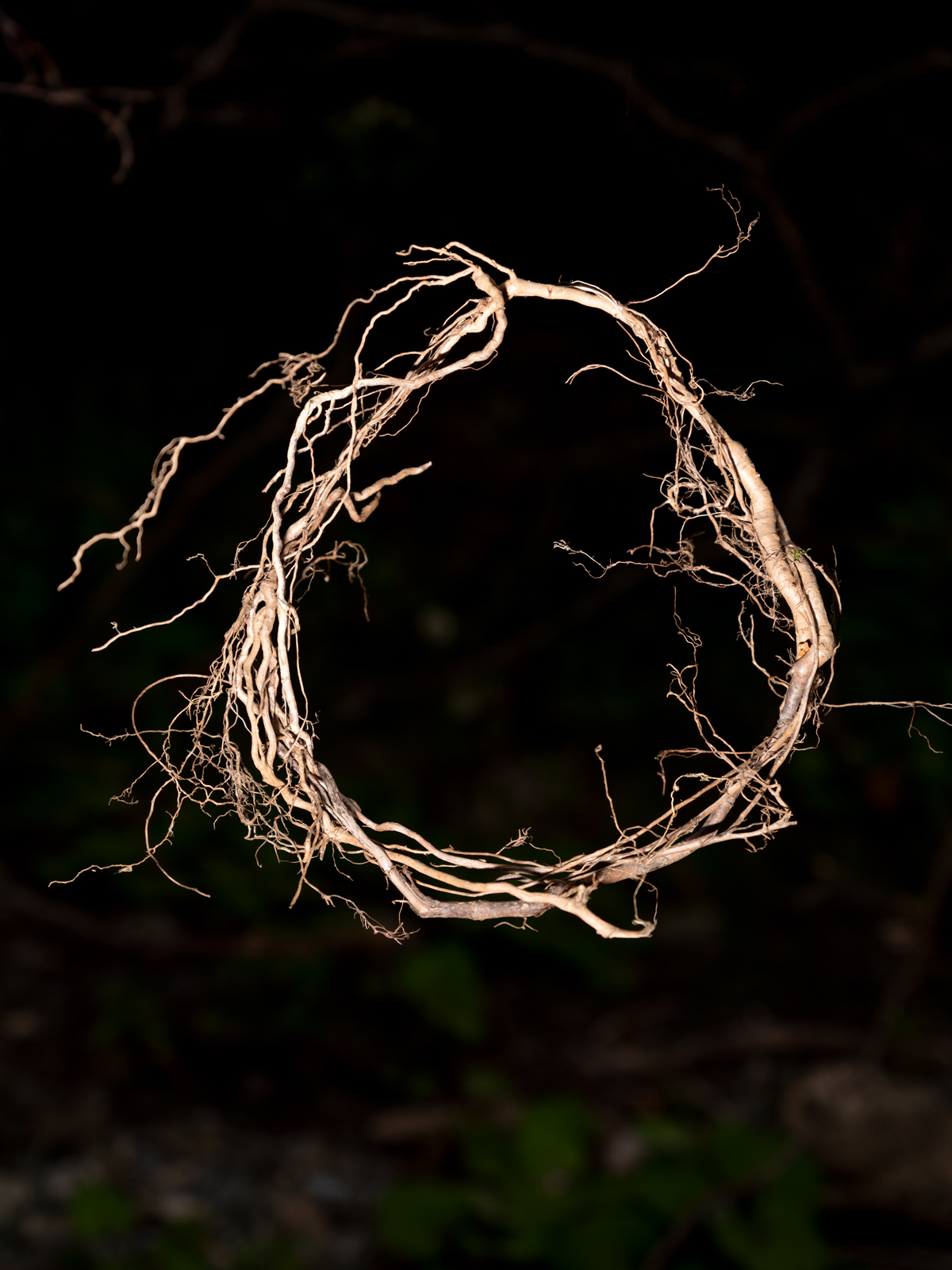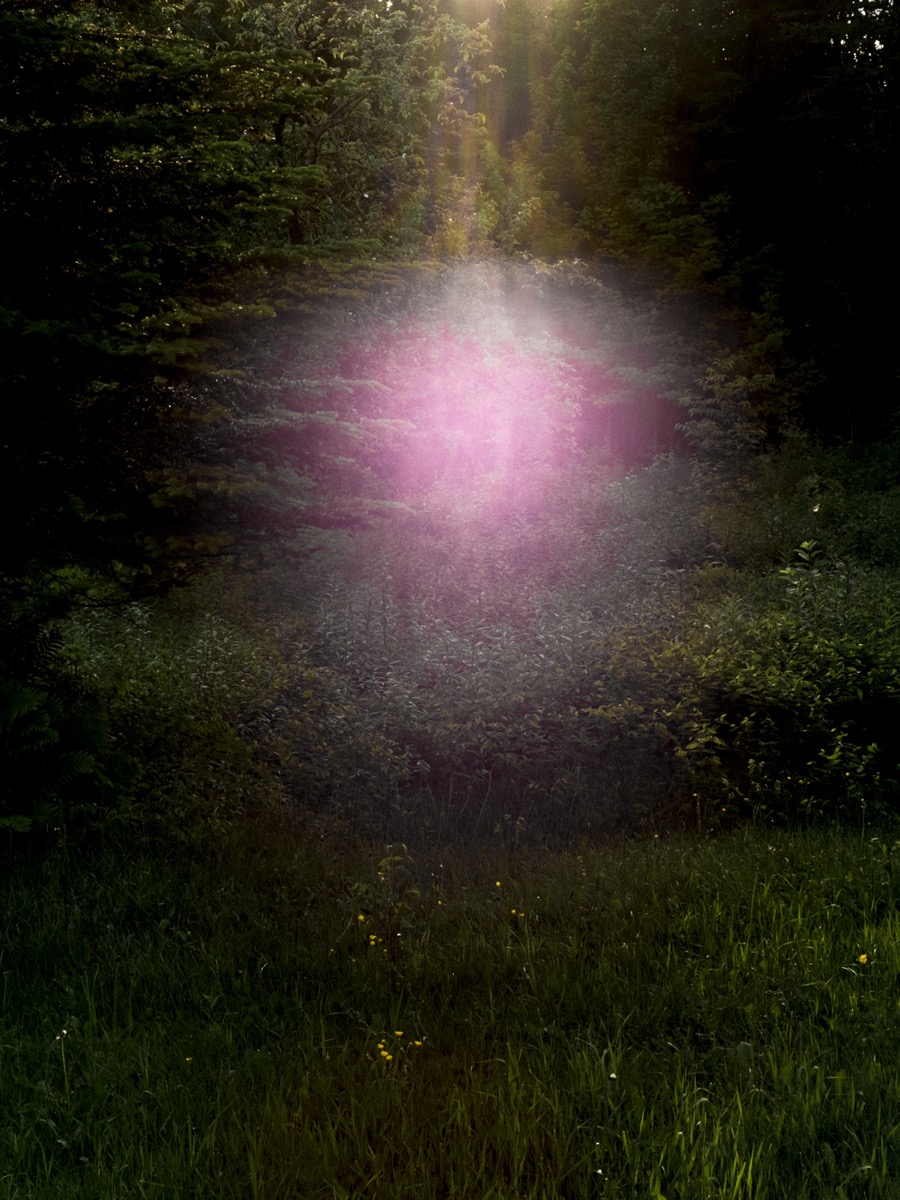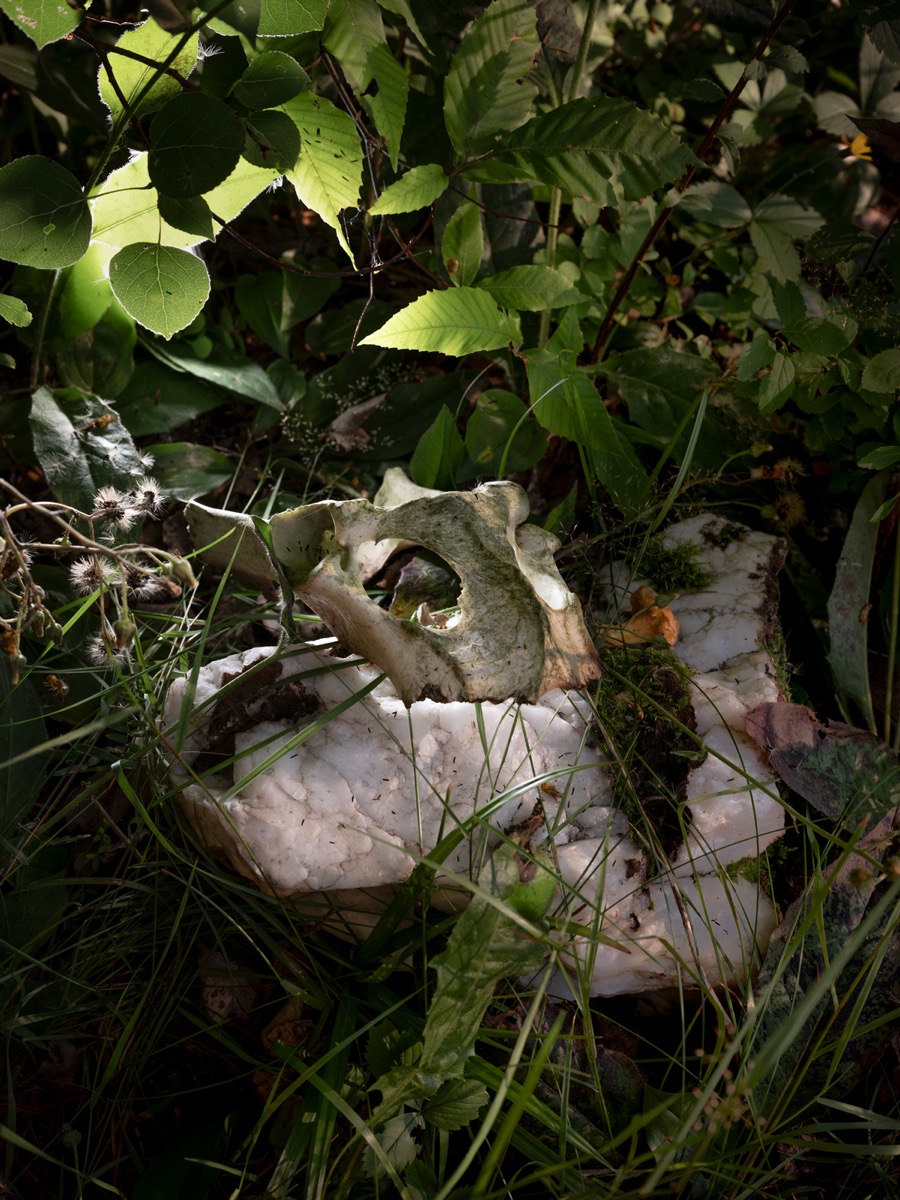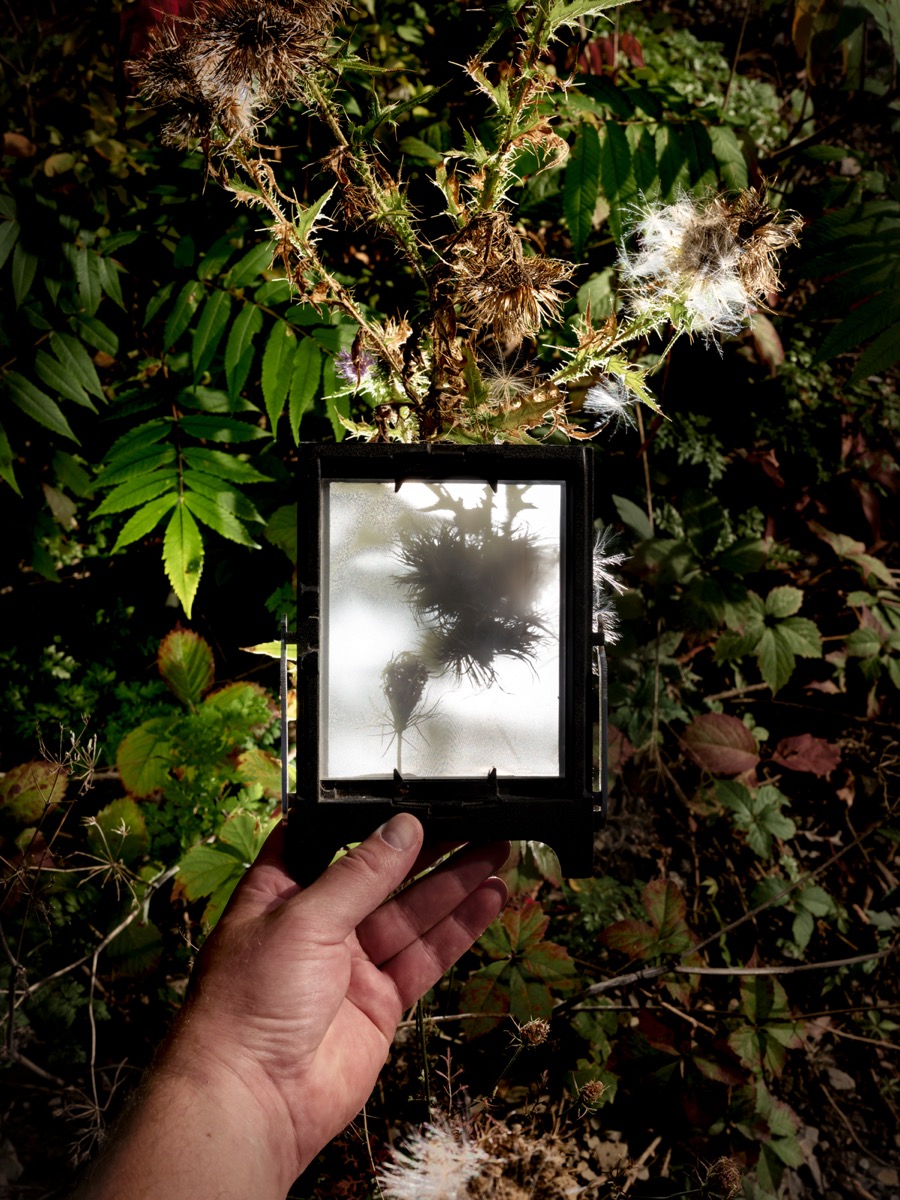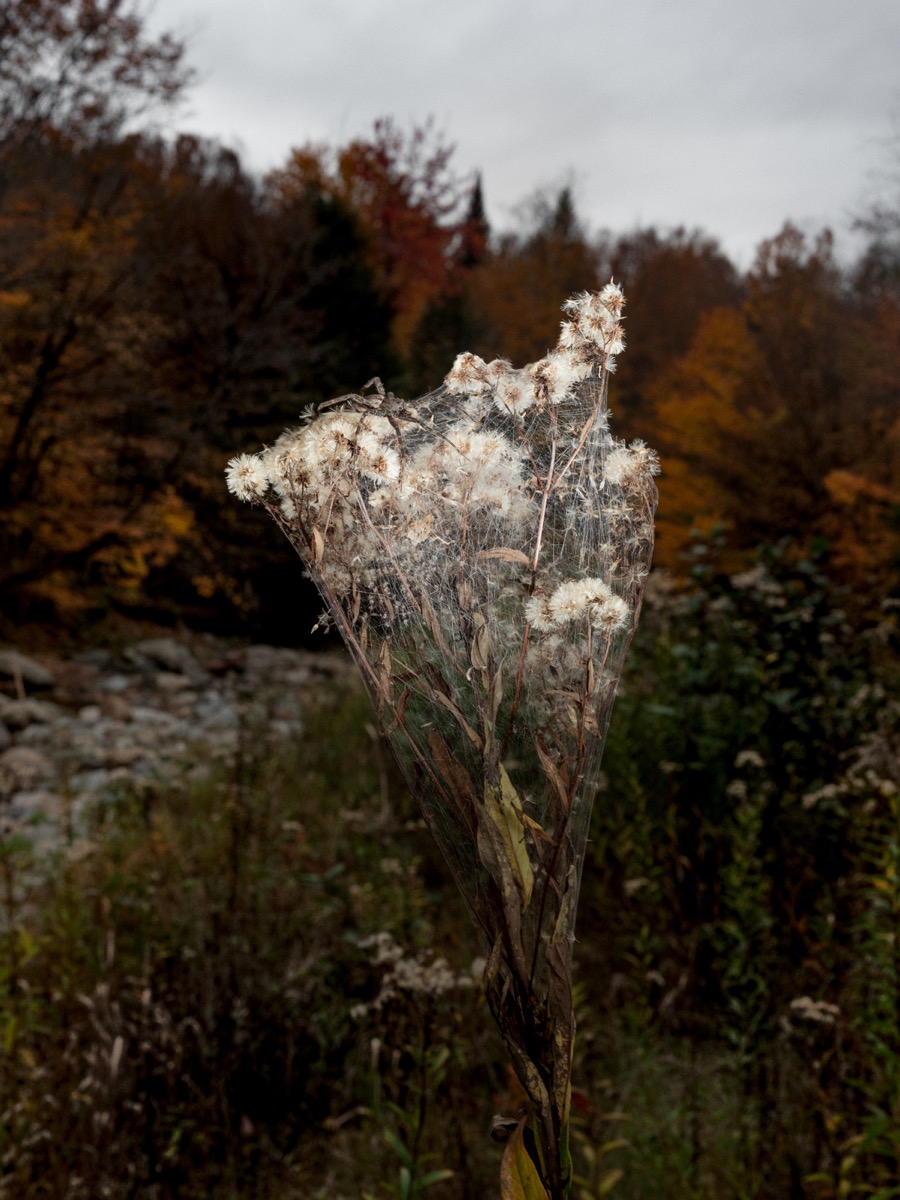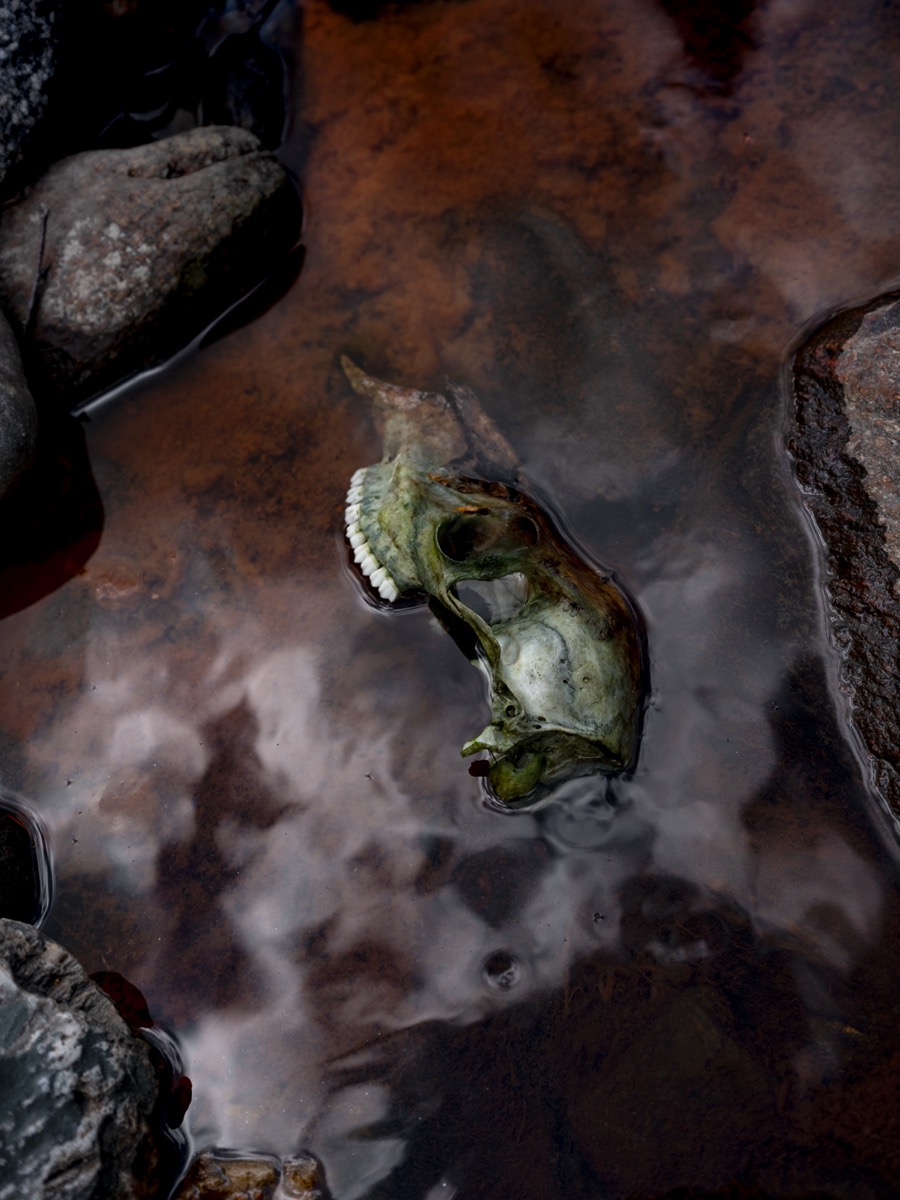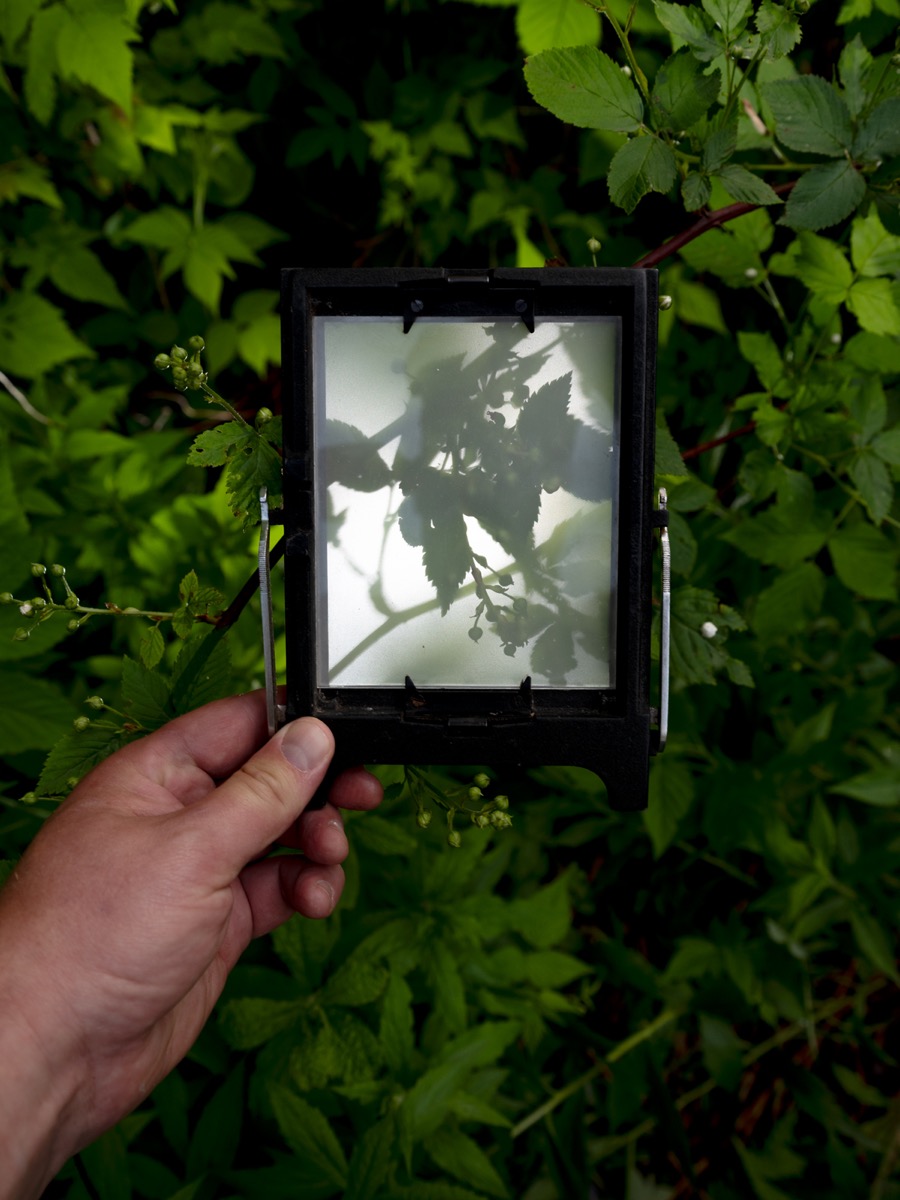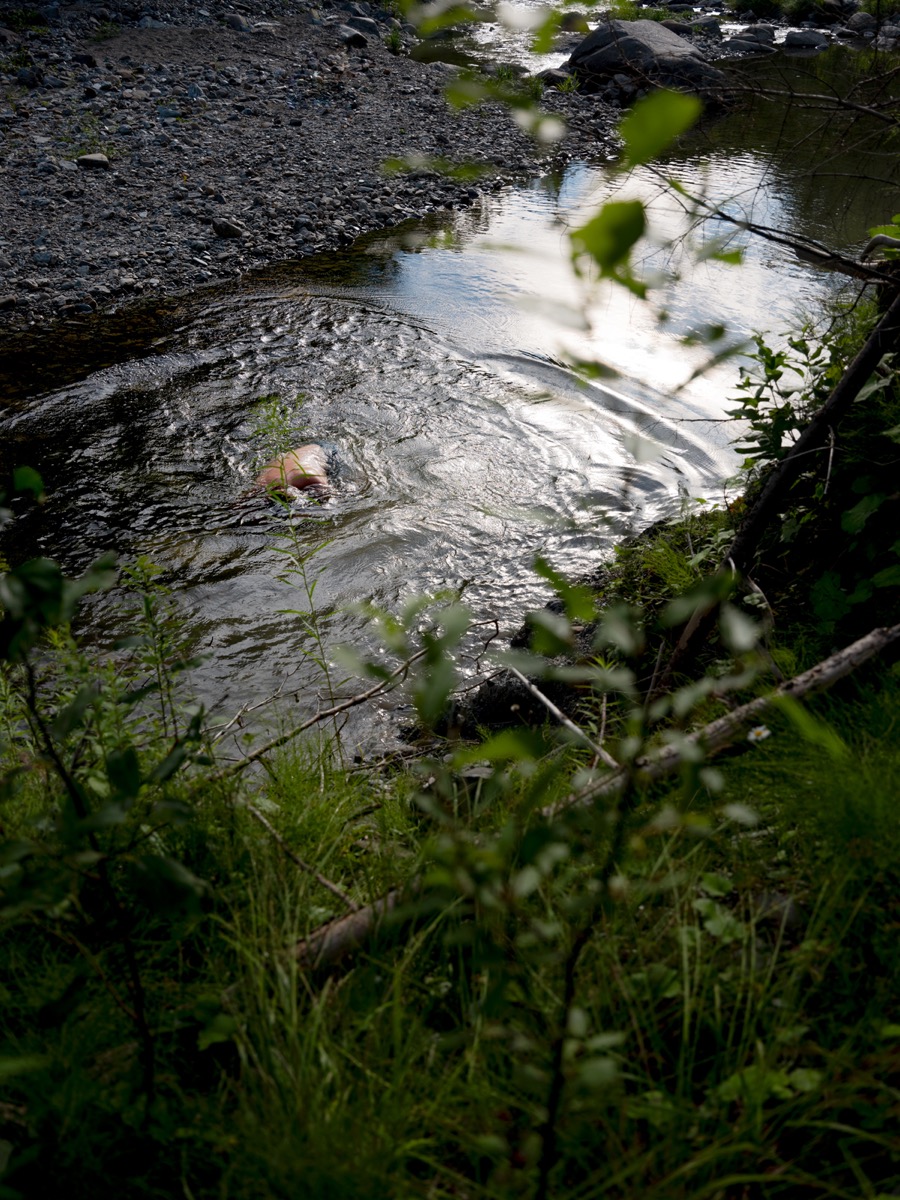[November 5, 2024]
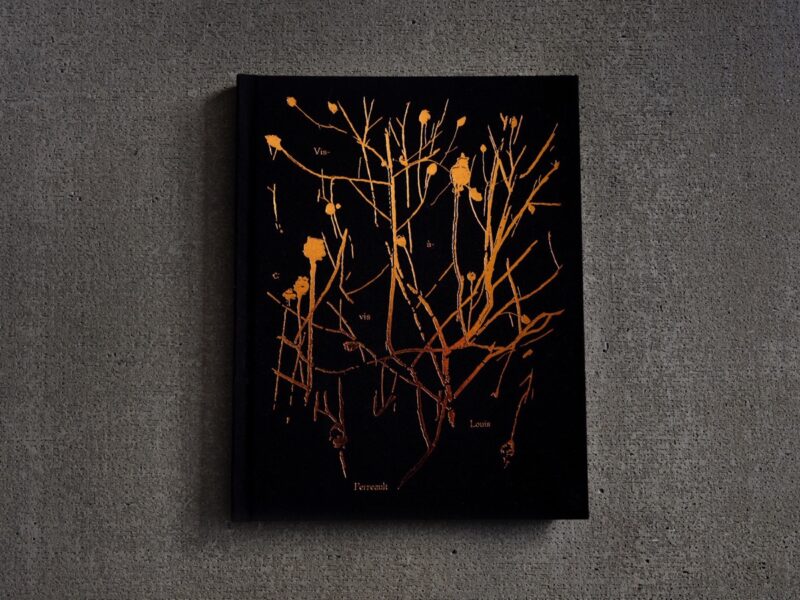
Vis-à-vis, Louis Perreault, Montréal, Éditions du Renard, 2024, 96 pages, 23 x 30 cm, couverture rigide toilée et estampée, impression offset / hard cover, linen cloth and foil stamping, Offset printing
By Mona Hakim
In Vis-à-vis, the photographer Louis Perreault’s ninth book, – all produced by his publishing house, Les Éditions du Renard – the elements of nature shine through the reflexes of the photographic act, whose randomness and virtues he exploits brilliantly. Nature speaks to him, moves him, leads him into a sensitive and introspective experience, which he transmits to us by stirring our own senses.
For almost fifteen years, Perreault’s photographic work has been based on his physical and affective relationships with places, as he seeks to extract narratives from their histories, their architecture, and the people who inhabit them. From his earliest work, his subjects have been streets, alleys, and portraits in Montreal neighbourhoods; the places and faces in the communities he has visited in Central America; and other landscapes demarcated by family memories. These projects, anchored in a documentary perspective and usually presented as photobooks, have in recent years taken a more lyrical tone, bringing natural territory to the fore, especially since Les affluents (2019). Vis-à vis continues the lineage of that book with increased vibrancy, physicality, and eloquence in both form and content, unveiling his deep attachment and a more direct connection to nature.
The rigid cloth cover of Vis-à-vis, with bronze-coloured plants inlaid on a black background, foretells a work to which its author has paid particular and careful attention. We open the book as if we are unwrapping an exclusive piece of art: slowly and tactfully. From one page to the next, we follow as Perreault crosses through a forest, captivated by what appears before him. Stretches of water, vegetation, overlapping branches, dried flowers, rocks, limestone, traces left on objects are captured with a flash in dusky lighting, giving a sense of the magnetism exerted by the images and the story. Similarly, the contrasting plays of dark and light, shadows cast, unfathomable blacks, and fog effects pace our reading and bring an enigmatic aura to his subjects.
This particular ambience is not fortuitous. By occasionally and discreetly introducing his own writings on thin paper, Perreault, whose poetic pen we recognize right away, releases his secrets and emotionally delivers beauty, mystery, and creates metamorphoses with which he literally melds. In this regard, his personal explorations and moments of exaltation are not without recalling the sensory experiences of David Abram (quoted in the book), a pioneer in the philosophy of living, for whom human life becomes meaningful when it is envisaged in its corporeality and its sense of belonging to Earth. Feeling Earth and the animals that populate it as an extension of our own body, in Abram’s view, is the vision of “a more-than-human world.” This animist concept seems to have tugged at Perreault’s emotions during his readings and his discoveries in the field. Also drawn to design and culture author Akiko Busch’s writings on the notion of invisibility, Perreault retains from them “a keen sensitivity to one’s environment, an ability to blend in carefully, to survive harmoniously and wisely among the multitude.”
Of course, the theme of nature is not new in the art world. Yet, the integrity and humility that emanate from Perreault’s intimate offerings bring greater impetus to the book and extra magic to the images. Here, this impetus testifies to the aptitude of words, thoughts, and emotions to be embodied within the photographic gesture.
It is important to mention the impeccable quality, depth, and texture of the prints, the close focus of many shots, and the full-page reproductions that sharply accentuate the haptic gaze at objects. Images of hands appear here and there in the book as if they were seeking to touch the skin of things – responding in a more literal way to the mental and sensory dialogue evoked. The book’s excellent layout and design, with a variety of compositions, remind us of Perreault’s professionalism (and his love of photobooks); he participated in all the production steps, hewing to the excellent reputation of Les Éditions du Renard.
Vis-à-vis unfolds spaces for sharing and dialogue – spaces that open to the other, to the living body, to an Earth that is alive and capable of metamorphosis and marvel. This book is to be contemplated and felt, while it is still possible to take in and dream through the beauty of nature. Translated by Käthe Roth
Louis Perreault lives and works in Montreal. His practice is deployed within his personal photographic projects and in publishing projects to which he contributes through Éditions du Renard, which he founded in 2012. He teaches photography at Cégep André-Laurendeau and is a regular contributor to Ciel variable, for which he reviews recently published photobooks.
Mona Hakim is a historian, art critic, and curator. Her research delves into various issues related to current photographic practices. Her recent writings have appeared in the monographs Chuck Samuels: Devenir la photographie (2021), Isabelle Hayeur (2020), and Bertrand Carrière: Solstice (2020). As a curator, she has organized more than twenty-five retrospective and group exhibitions.

